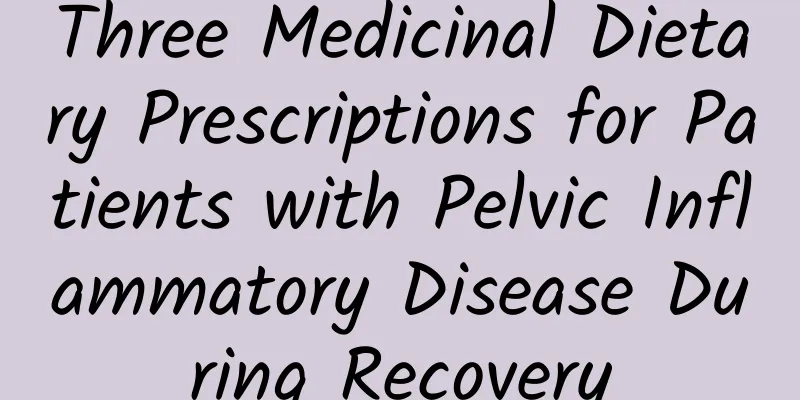What is the cure rate for Bartholinitis?

|
We all know that the occurrence of Bartholinitis will make patients very embarrassed and worried, so once this disease occurs, we must pay attention to reasonable treatment to avoid causing more impact. At ordinary times, everyone needs to pay attention to their own health care, and pay attention to some treatment methods, and effectively regulate their body to improve the cure rate of Bartholinitis. So, what is the reasonable way to treat Bartholinitis? 1. Drug treatment: 1. Use systemic antibiotics. Before obtaining culture results, broad-spectrum antibiotics can be selected. 2. If it has not yet become suppurative, take medicine to promote the gradual improvement and absorption of symptoms. If there are systemic symptoms, fever, and elevated white blood cells, intravenous antibiotics are often used, such as penicillin 800,000 U intramuscular injection, twice a day. Cephalosporins can also be used: ① The first-generation cephalosporins have a stronger antibacterial effect against Gram-positive cocci, the second-generation cephalosporins have a broad antibacterial spectrum and an enhanced effect against Gram-negative bacteria, the third-generation cephalosporins have a better antibacterial spectrum than the second generation, and some drugs are effective against anaerobic bacteria. ② Metronidazole 0.2-0.4 g/time, 3 times/day; quinolones such as norfloxacin, ciprofloxacin, levofloxacin (Lelicin), 0.2 g/time, 2 times/day. Or select according to drug sensitivity. ③In addition, you can choose to use heat-clearing and detoxifying Chinese medicine such as dandelion, viola yedoensis, honeysuckle, forsythia, etc. for local hot compresses or sitz baths. ④ Take a sitz bath with 1:5000 potassium permanganate water or apply local hot compress and then apply antibacterial ointment. 2. Surgical treatment: 1. If an abscess is formed, drainage and ostomy should be performed immediately. 2. Simple incision and drainage can only temporarily relieve symptoms. After the incision is closed, cysts may still form or repeated infections may occur. 3. Perform abscess incision and drainage, and make sure the incision is large enough to prevent poor drainage of pus, which may lead to fistula formation or repeated abscess attacks. 3. Other special treatments: 1. Local hot compress, infrared or microwave therapy. 2. When the pus cannot be completely drained, the lesion may recur. I hope everyone pays attention to these common treatments to avoid recurring diseases. Also, pay attention to your own health to avoid stagnation of height, redness and swelling of the urethra, and more troubles. You need to pay attention to changes in your body and heal as soon as possible. You should also pay attention to some treatment methods, take effective self-care care, and recover as soon as possible. |
<<: How long does it take to cure Bartholinitis?
>>: Why is Bartholinitis difficult to cure?
Recommend
Treatment of menstrual irregularities
Irregular menstruation, also known as menstrual d...
Will my period be delayed if I take the emergency contraceptive pill? How long will my period be delayed if I take the contraceptive pill?
Will my period be delayed if I take emergency con...
What are the treatments for delayed menstruation? What are the dietary taboos for delayed menstruation?
There are many reasons for delayed menstruation, ...
Why is vaginitis so difficult to treat?
According to experts, there are six main reasons ...
Is fasting and starving enough to lose weight? Overeating and drinking may ruin your diet! Nutritionist: Quickly understand the five major risks
There are numerous weight loss methods, and the &...
How much does it cost to treat an invasive hydatidiform mole?
The cost of treating an invasive mole varies depe...
Eliminate leg edema with 4 movements to promote blood circulation and prevent coldness
The thighs have large muscles and a lot of blood ...
How much does it cost to treat pelvic peritonitis?
How much does it cost to treat the second stage o...
What is the chance of pregnancy with cervical erosion 3rd degree
What is the chance of pregnancy with cervical ero...
What is menopausal syndrome?
Menopausal syndrome refers to a series of physica...
Summer weight loss campaign! 6 Easy-to-Eat Fruit Salads
If you want to lose weight successfully, diet is ...
A brief analysis of several main types of vaginitis
Vaginitis is a very common gynecological disease....
What are the causes of uterine fibroids in life
What are the causes of uterine fibroids? I believ...
Which hospital should I go to for uterine effusion?
Uterine effusion refers to the inflammatory exuda...
Several matters needing attention in the prevention and treatment of pelvic inflammatory disease
Pelvic inflammatory disease is just a common gyne...









